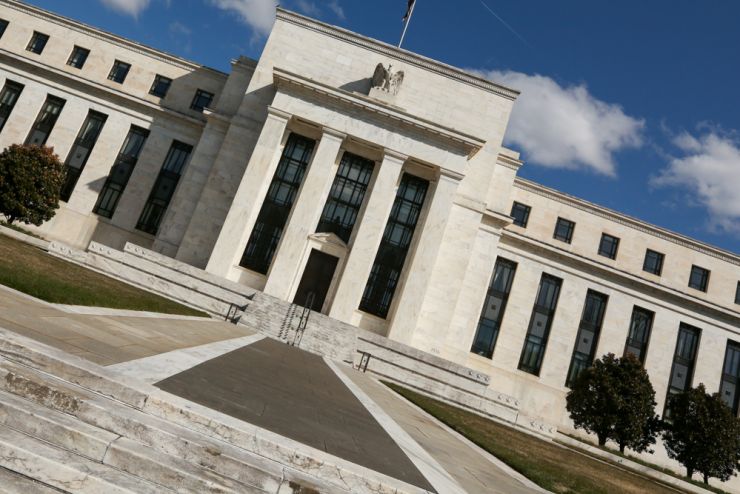
February’s jobs report pointed to a slowing economy with one notable exception that could cause policymakers a headache later in the year.
Rising wages were one of the few positives to come out of the Bureau of Labor Statistics’ monthly nonfarm payrolls release. While the economy created just 20,000 more jobs during the month, average wages for the nearly 157 million Americans at work rose 3.4 percent, the biggest increase since April 2009 and considerably above the 1.6 percent inflation level as measured by the consumer price index.
That’s certainly good news following a lost two decades or so when real wages essentially were flat.
But it’s raising a rather uncomfortable specter for employers who face increasing salary pressures at a time when profit margins are also coming under pressure and the overall economy is showing signs of weakening.
As the data come in, “the impact from higher costs is definitely starting to bite,” Michael Wilson, chief U.S. equity strategist at Morgan Stanley, said in a note to clients.
“Our contention continues to be that the majority of the cost pressure is the result of the economy running too hot last year which has led to higher labor costs among other things,” he added. “This essentially tipped over the profits cycle.”
At the heart of the analysis is the position that the timing of the late-2017 tax cut was poor, providing stimulus to an economy that was ready to break out anyway. The result was that consumers in 2018 sopped up overcapacity — production running ahead of consumption — allowing GDP to run well ahead of potential.
2019, then, has served as a payback to some of that, and economists expect the first quarter to show a sharp albeit temporary slump in growth to near zero.
What worries Wilson and other Wall Streeters is what happens if the jobs numbers stay soft even while wages continue to increase and a profits recession should hit corporate America.
Those kinds of conditions could put the Federal Reserve in a policy box — forced to try to control wage inflation even though real inflation as economists measure it has yet to really hit the broader economy.
“The profits recession is more a function of the business cycle overheating than most appreciate, which means labor markets may soften further along with capital spending until the profits recession ends which is unlikely after just one quarter of modestly negative growth,” Wilson said. “It also means there probably isn’t as much slack in the economy as many investors think and as depicted by the cost pressures now evident.”
That, he said, would thwart a prevailing Goldilocks sentiment of controlled growth and lead more to a Hansel and Gretel economy, “a fairy tale about the dangers of an unwholesome appetite as a means of survival – i.e., chasing prices higher and justifying it with the wrong narrative.”
Fed officials of late have been indicating that they have no interest in raising interest rates until they get more of a look at how the economic numbers play out. Markets widely expect the Fed to hold the line on interest rates throughout the year, even though current Fed forecasts are for two. The central bank’s Federal Open Market Committee will release updated economic and interest rate projections at its meeting March 19-20.
“The affliction of good wages and low inflation can be explained by a raft of factors from demographics, technological productivity gains to globalization. This has led to a modern central banking paradox in which the widely anticipated inflation never seems to materialize and interest rates never mean revert to the levels experienced in previous cycles,” wrote Sean Darby, chief global equity strategist at Jefferies.
Jan Hatzius, chief economist at Goldman Sachs, said that the Fed likely will wait for personal consumption inflation to rise above 2 percent before hiking, but he noted that “the overshoot probably doesn’t seem to be large.”
And Citigroup economist Andrew Hollenhorst indicated that while the Fed will remain on hold for the time being, future rate hikes are definitely still in play.
“A Fed on pause for at least the next quarter means the weak February payrolls number will have little bearing on potential rate hikes,” Hollenhorst said. “On the other hand, wages that continue to accelerate and a low unemployment rate will help make the case for a few further hikes (as we expect), even if price inflation stays very subdued.”























